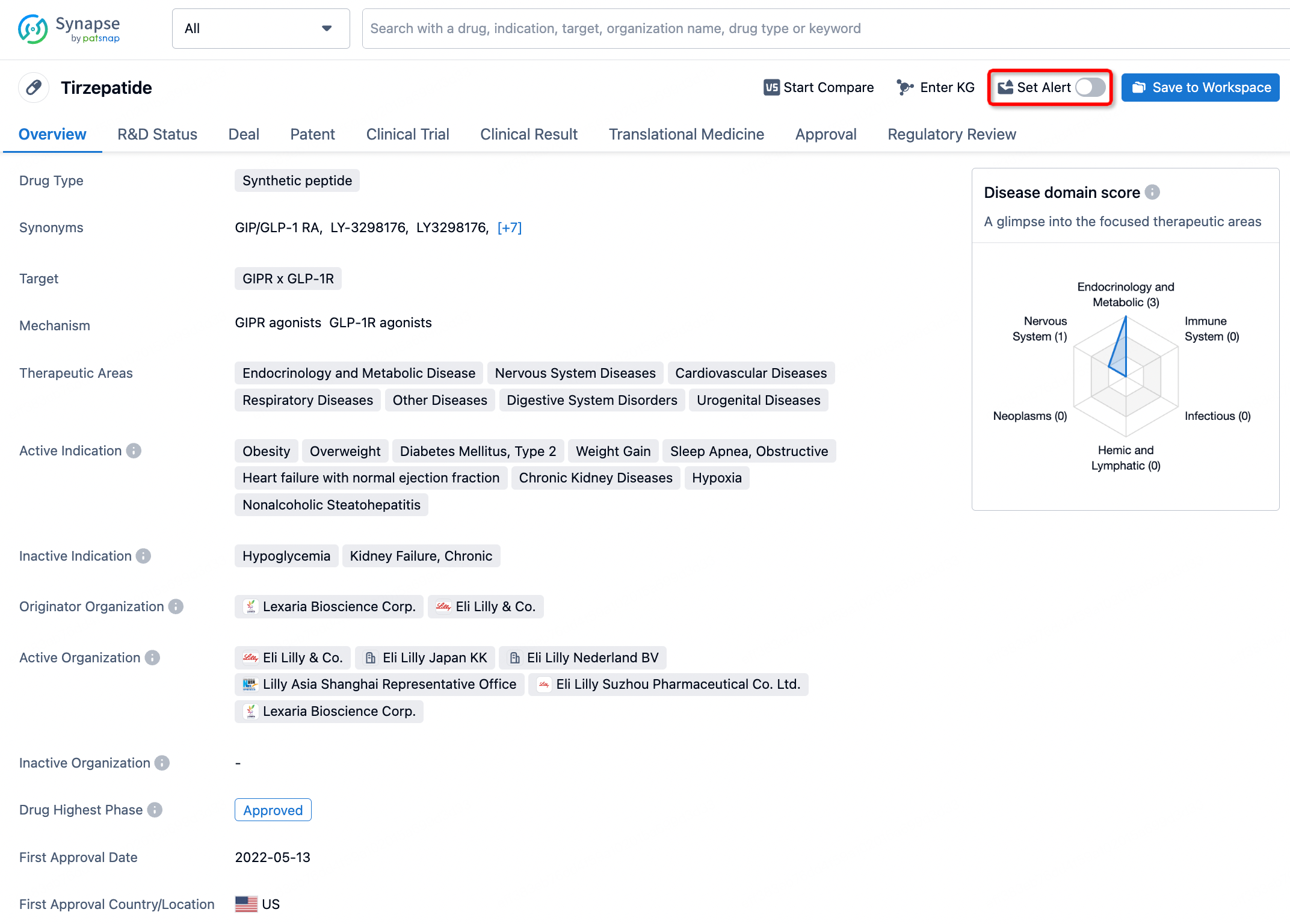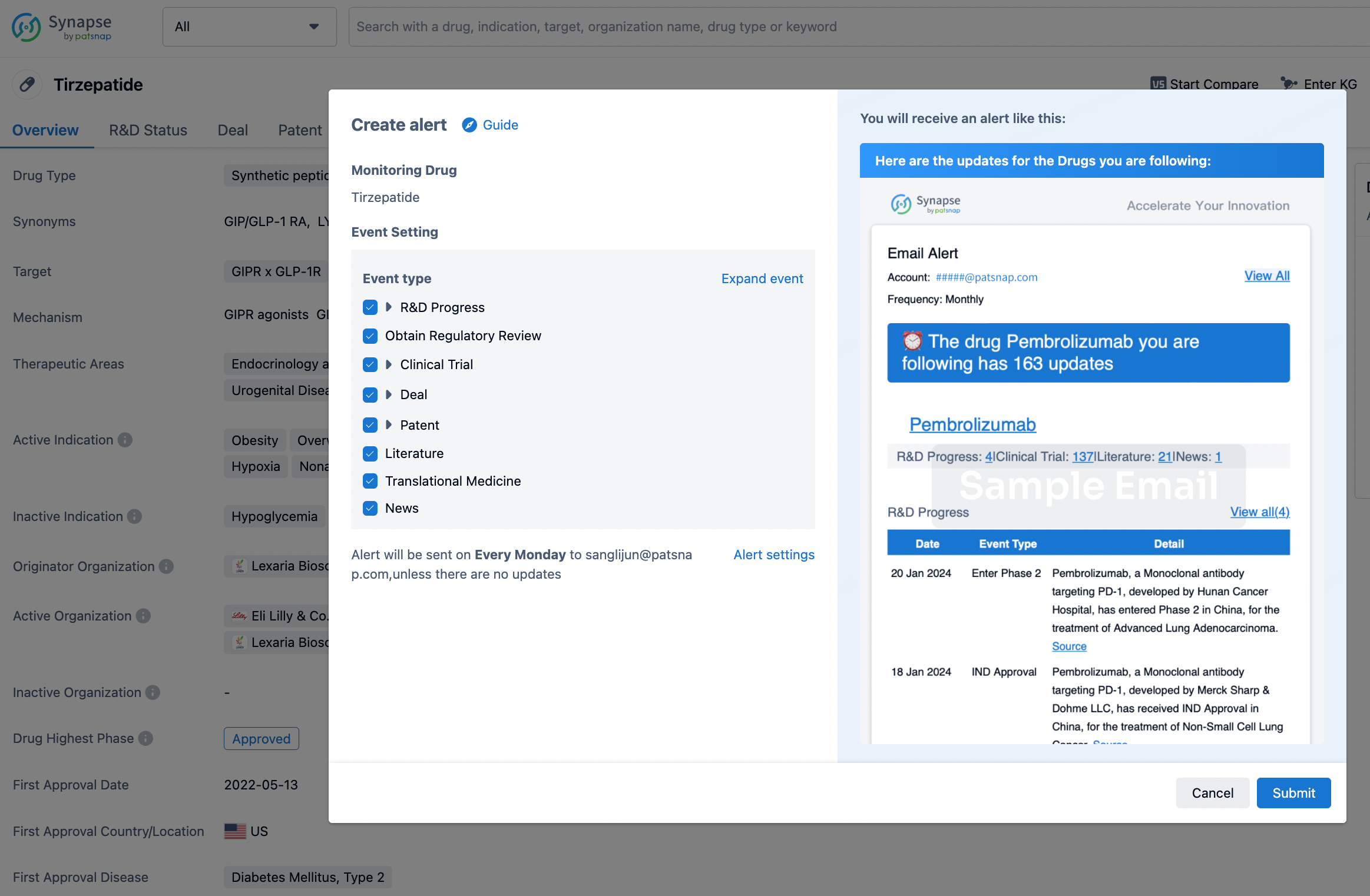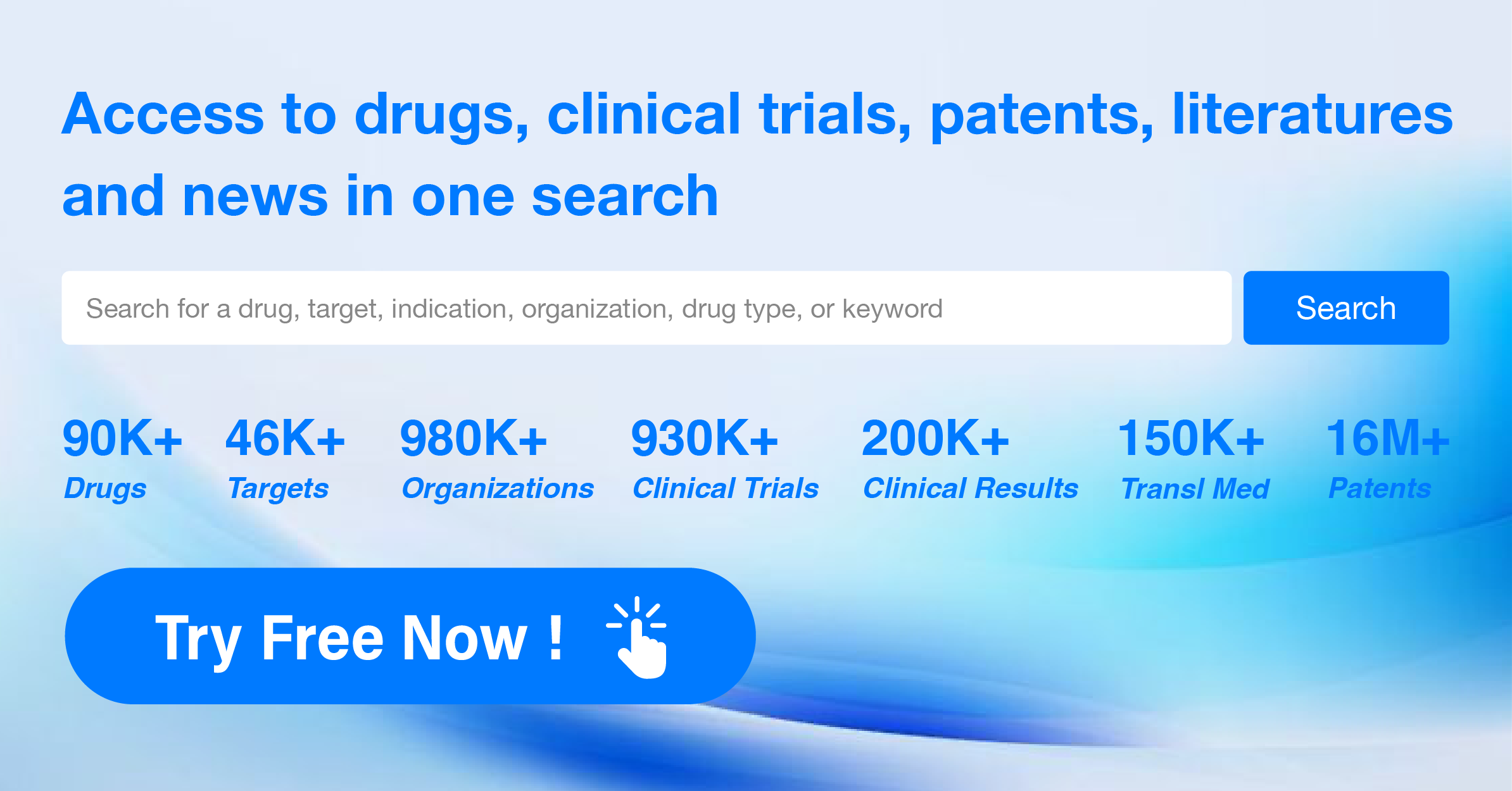Is Fosdenopterin approved by the FDA?
Fosdenopterin, marketed under the brand name Nulibry, is a medication used to reduce the risk of death in children suffering from molybdenum cofactor deficiency (MoCD) Type A. Fosdenopterin (Nulibry) was approved by the U.S. Food and Drug Administration (FDA) on February 26, 2021. This approval marked a significant milestone, providing a vital treatment option for a previously untreatable and fatal condition.
Uses and Administration
Uses:
- Fosdenopterin is used specifically to reduce the risk of mortality in children with MoCD Type A.
Administration:
- The medication is administered via an intravenous infusion. The dosage is determined based on the patient's weight and gestational age. The infusion is typically given once daily, with adjustments made as the child grows.
Precautions and Considerations
Before Using Fosdenopterin:
- A genetic test is required to confirm the diagnosis of MoCD Type A before starting treatment. In some cases, treatment may begin before the test results are available, but it will be discontinued if the diagnosis is not confirmed.
Potential Side Effects:
- Serious Side Effects: Fever, severe or ongoing vomiting or diarrhea, bruising, swelling, discomfort around the catheter site, cough with mucus, trouble breathing, seizures, and signs of ear infection.
- Common Side Effects: Catheter or IV line issues, fever, vomiting, diarrhea, and cold symptoms such as stuffy nose, sneezing, and cough.
Parents and caregivers should report any side effects to their healthcare provider or directly to the FDA at 1-800-FDA-1088.
Interactions and Storage
Drug Interactions:
- Fosdenopterin may interact with other medications, including over-the-counter drugs, vitamins, and herbal products. It is crucial to inform the healthcare provider of all medications the child is taking.
Storage:
- Unmixed fosdenopterin should be stored in a freezer, protected from light, and allowed to reach room temperature before mixing with the diluent for injection. The mixed medication can be stored in the refrigerator or at room temperature but must be used within four hours of preparation.
Dosage Information
Pediatric Dosage:
- For preterm neonates (gestational age < 37 weeks):
- Initial dose: 0.4 mg/kg IV once a day
- At one month: 0.7 mg/kg IV once a day
- At three months: 0.9 mg/kg IV once a day
- For term neonates (gestational age ≥ 37 weeks):
- Initial dose: 0.55 mg/kg IV once a day
- At one month: 0.75 mg/kg IV once a day
- At three months: 0.9 mg/kg IV once a day
- For patients 1 year or older:
- 0.9 mg/kg IV once a day
Conclusion
This medication provides a critical option for managing this severe genetic disorder, significantly reducing the risk of mortality. However, its administration requires careful monitoring and adherence to prescribed dosages and storage guidelines.
How to obtain the latest development progress of all drugs?
In the Synapse database, you can stay updated on the latest research and development advances of all drugs. This service is accessible anytime and anywhere, with updates available daily or weekly. Use the "Set Alert" function to stay informed. Click on the image below to embark on a brand new journey of drug discovery!






